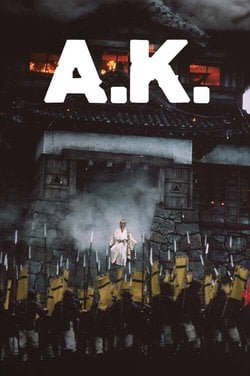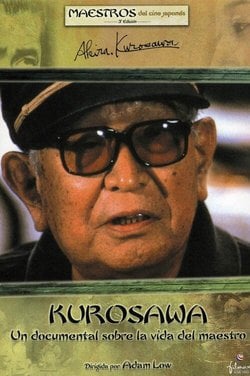- BIRTH 23/03/1910
- DEATH 06/09/1998
- Country Japan
- MOVIES 3
- DIRECTOR 31
- SCRIPT 39
- PRODUCTION 8
黒澤明
Akira Kurosawa (Japanese: 黒澤 明, Hepburn: Kurosawa Akira, March 23, 1910 – September 6, 1998) was a Japanese filmmaker and painter who directed 30 films in a career spanning over five decades. He is widely regarded as one of the greatest and most influential filmmakers in the history of cinema. Kurosawa displayed a bold, dynamic style, strongly influenced by Western cinema yet distinct from it; he was involved with all aspects of film production.
Kurosawa entered the Japanese film industry in 1936, following a brief stint as a painter. After years of working on numerous films as an assistant director and scriptwriter, he made his debut as a director during World War II with the popular action film Sanshiro Sugata (1943). After the war, the critically acclaimed Drunken Angel (1948), in which Kurosawa cast the then little-known actor Toshiro Mifune in a starring role, cemented the director's reputation as one of the most important young filmmakers in Japan. The two men would go on to collaborate on another fifteen films.
Rashomon (1950), which premiered in Tokyo, became the surprise winner of the Golden Lion at the 1951 Venice Film Festival. The commercial and critical success of that film opened up Western film markets for the first time to the products of the Japanese film industry, which in turn led to international recognition for other Japanese filmmakers. Kurosawa directed approximately one film per year throughout the 1950s and early 1960s, including a number of highly regarded (and often adapted) films, such as Ikiru (1952), Seven Samurai (1954), Throne of Blood (1957), Yojimbo (1961) and High and Low (1963). After the 1960s he became much less prolific; even so, his later work—including two of his final films, Kagemusha (1980) and Ran (1985)—continued to receive great acclaim.
In 1990, he accepted the Academy Award for Lifetime Achievement. Posthumously, he was named "Asian of the Century" in the "Arts, Literature, and Culture" category by AsianWeek magazine and CNN, cited there as being among the five people who most prominently contributed to the improvement of Asia in the 20th century. His career has been honored by many retrospectives, critical studies and biographies in both print and video, and by releases in many consumer media.
Description above from the Wikipedia article Akira Kurosawa , licensed under CC-BY-SA, full list of contributors on Wikipedia.
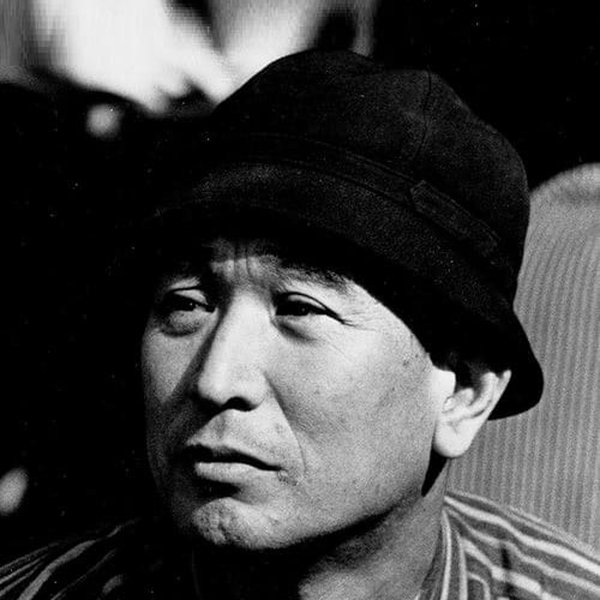
Movies (3)
Director (31)
 羅生門
羅生門
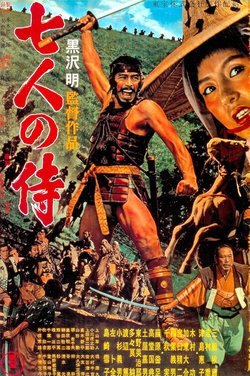 七人の侍
七人の侍
 乱
乱
 生きる
生きる
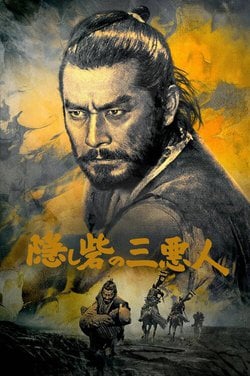 隠し砦の三悪人
隠し砦の三悪人
 Дерсу Узала
Дерсу Узала
 夢
夢
 天国と地獄
天国と地獄
 用心棒
用心棒
 悪い奴ほどよく眠る
悪い奴ほどよく眠る
 生きものの記録
生きものの記録
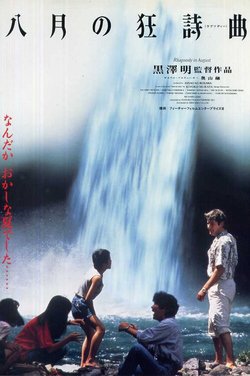 八月の狂詩曲
八月の狂詩曲
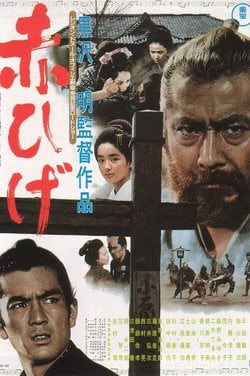 赤ひげ
赤ひげ
 蜘蛛巣城
蜘蛛巣城
 影武者
影武者
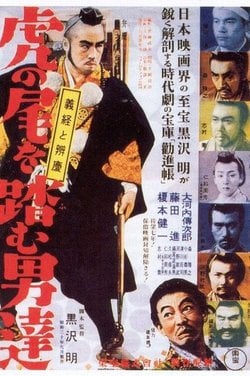 虎の尾を踏む男達
虎の尾を踏む男達
 一番美しく
一番美しく
 續 姿三四郎
續 姿三四郎
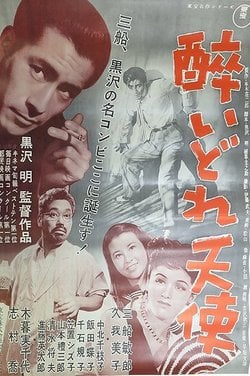 酔いどれ天使
酔いどれ天使
 姿三四郎
姿三四郎
 どん底
どん底
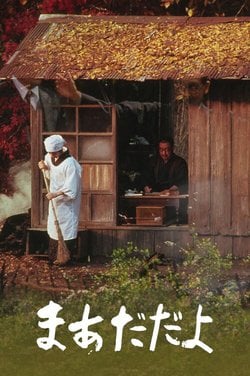 まあだだよ
まあだだよ
 椿三十郎
椿三十郎
 白痴
白痴
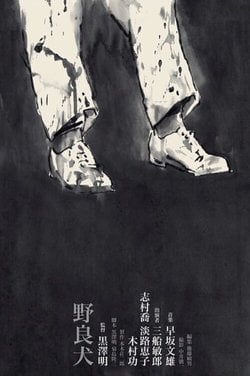 野良犬
野良犬
 醜聞
醜聞
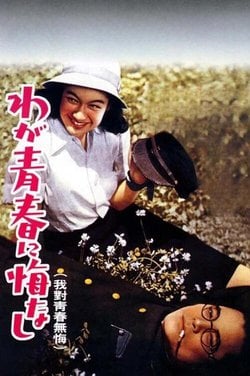 わが青春に悔なし
わが青春に悔なし
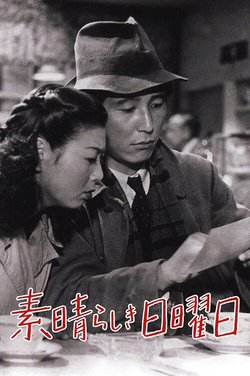 素晴らしき日曜日
素晴らしき日曜日
 どですかでん
どですかでん
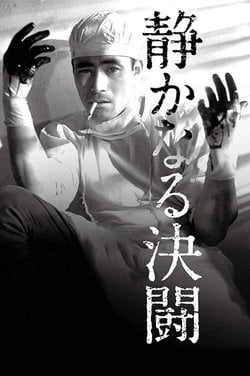 静かなる決闘
静かなる決闘
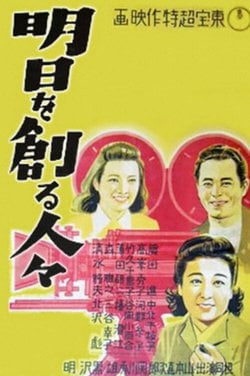 明日を創る人々
明日を創る人々
Script (39)
 羅生門
羅生門
 七人の侍
七人の侍
 乱
乱
 生きる
生きる
 Дерсу Узала
Дерсу Узала
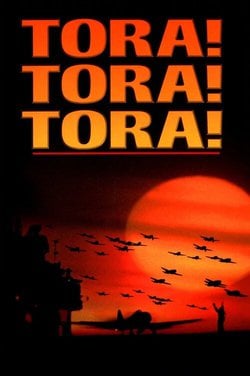 Tora! Tora! Tora!
Tora! Tora! Tora!
 隠し砦の三悪人
隠し砦の三悪人
 夢
夢
 天国と地獄
天国と地獄
 用心棒
用心棒
 悪い奴ほどよく眠る
悪い奴ほどよく眠る
 影武者
影武者
 赤ひげ
赤ひげ
 八月の狂詩曲
八月の狂詩曲
 蜘蛛巣城
蜘蛛巣城
 生きものの記録
生きものの記録
 虎の尾を踏む男達
虎の尾を踏む男達
 一番美しく
一番美しく
 續 姿三四郎
續 姿三四郎
 姿三四郎
姿三四郎
 酔いどれ天使
酔いどれ天使
 椿三十郎
椿三十郎
 どん底
どん底
 白痴
白痴
 野良犬
野良犬
 まあだだよ
まあだだよ
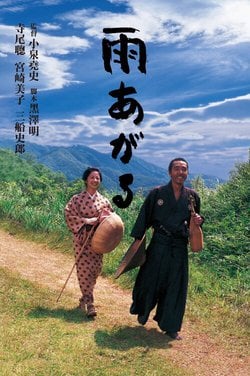 雨あがる
雨あがる
 海は見ていた
海は見ていた
 どら平太
どら平太
 銀嶺の果て
銀嶺の果て
 翼の凱歌
翼の凱歌
 椿三十郎
椿三十郎
 どですかでん
どですかでん
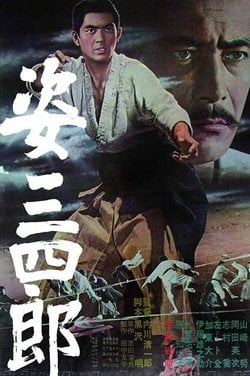 姿三四郎
姿三四郎
 静かなる決闘
静かなる決闘
 素晴らしき日曜日
素晴らしき日曜日
 わが青春に悔なし
わが青春に悔なし
 醜聞
醜聞
 ジャコ萬と鉄
ジャコ萬と鉄
